pv magazine: How would you sum up the year 2022 for solar module manufacturing in India?
Dr Doshi: This was a very eventful year for solar PV manufacturing as we see the nation took more than 15 years to touch 10 GW of annual commissioning in module manufacturing capacity, taking the cumulative panel capacity to over 30 GW, and started working towards reaching 100 GW.
This has happened only because of our government’s focus on energy security, Aatmanirbhar Bharat [self-reliant India], boosting local employment and conserving our forex. Import duty and ALMM [Approved List of Models and Manufacturers] have changed the import-oriented market to domestic manufacturing.
On the other hand, we have seen challenges in the deployment of PV projects due to increases in interest rates, exchange rates from USD to INR, commodity prices, and module prices not giving expected returns on projects. So even if [the developers] have a huge number of projects awarded, they have not started work on the ground and therefore deployment is getting delayed. They had expected lower input costs at the time of bidding, but building projects at these prices is not viable today.
We saw a higher import of modules in the first three months of 2022. However, a lot of government support through various policies and regulations for solar power made 2022 quite an eventful year overall.
To what extent has BCD helped to create a domestic market for Indian manufacturers?
The government of India has played a significant role in creating a domestic market by imposing basic customs duty (BCD) on imported cells and modules. Along with that, the production-linked incentive (PLI) Scheme and ALMM have laid a strong foundation for domestic manufacturers to scale up capacity addition.
Post BCD announcement, YoY capacity addition is increasing with the rise in the number of manufacturers and the modular size of the individual plant is also increasing.
What should be the ideal technology route for manufacturers planning new capacities?
In-depth market analysis [through] recent research papers on materials and cell configurations, articles on various PV cell technologies, and global market demand analysis is very important for understanding technology-based innovations.
Cell-level efficiencies, different raw material updations, testing results by globally recognized research institutes like Fraunhofer ISE and National Renewable Energy Laboratory (NREL), and top-quality assurance providers like PV Evolution Labs (PVEL) and Intertek will determine and govern the ideal route for technology adoption, manufacturing capacity expansion, and future market requirements.
The technology roadmap of different cell configurations will govern the future roadmap of module manufacturing. Also, the upgradation of existing manufacturing lines for multibusbar and large-size module characterization and testing with advanced solar simulators for different technology-based PV modules is important.
Manufacturers must focus on technology-led manufacturing expansion with extensive performance and reliability testing of PV modules.
What more can be done in terms of policy interventions to push domestic manufacturing of solar PV module and other equipment, reduce the import of raw materials and gain a better position over China?
One of the primary focuses right now should be to start Modified Special Incentive Package Scheme (M-SIPS) for solar manufacturing at the earliest with a higher budget and a target of 100 GW across the entire value chain.
It’s important to enforce ALMM strictly, stop imports from countries with which India has entered into free trade agreement (FTA), offer export incentives, and promote the easy acquisition of silica quartz for polysilicon production.
It is imperative for India to have a robust supply chain in place to strengthen its energy security and reduce dependence on foreign exchange.
Seamless support is required for all ancillary industries to stop imports.
On the demand side, most of the projects awarded are not getting implemented because of the low-price bid. Furthermore, projects are not viable due to increased exchange rates coupled with higher interests and increasing prices of solar modules and commodities. Therefore, there is no large market for manufacturers until bids are revised.
Even though the government has given a window of nine months to import without any duty, many developers have not imported modules since these projects were not viable even without duties. Since the market demand is low, Indian manufacturers are running their factories at very low capacities. Steady market demand is necessary as manufacturing capacities are continuously increasing.
We should open an electricity market for producers as well as consumers without cross-subsidies and other charges.
What to expect in the year 2023?
The most important thing we are looking forward to is the deployment of solar projects and the demand for domestic manufacturing. With policies in place now, manufacturing is growing. Further, the second phase of the PLI Scheme in 2023 will help more production. So now local manufacturers need steady demand and this can come up as deployment of awarded projects starts.
This content is protected by copyright and may not be reused. If you want to cooperate with us and would like to reuse some of our content, please contact: editors@pv-magazine.com.
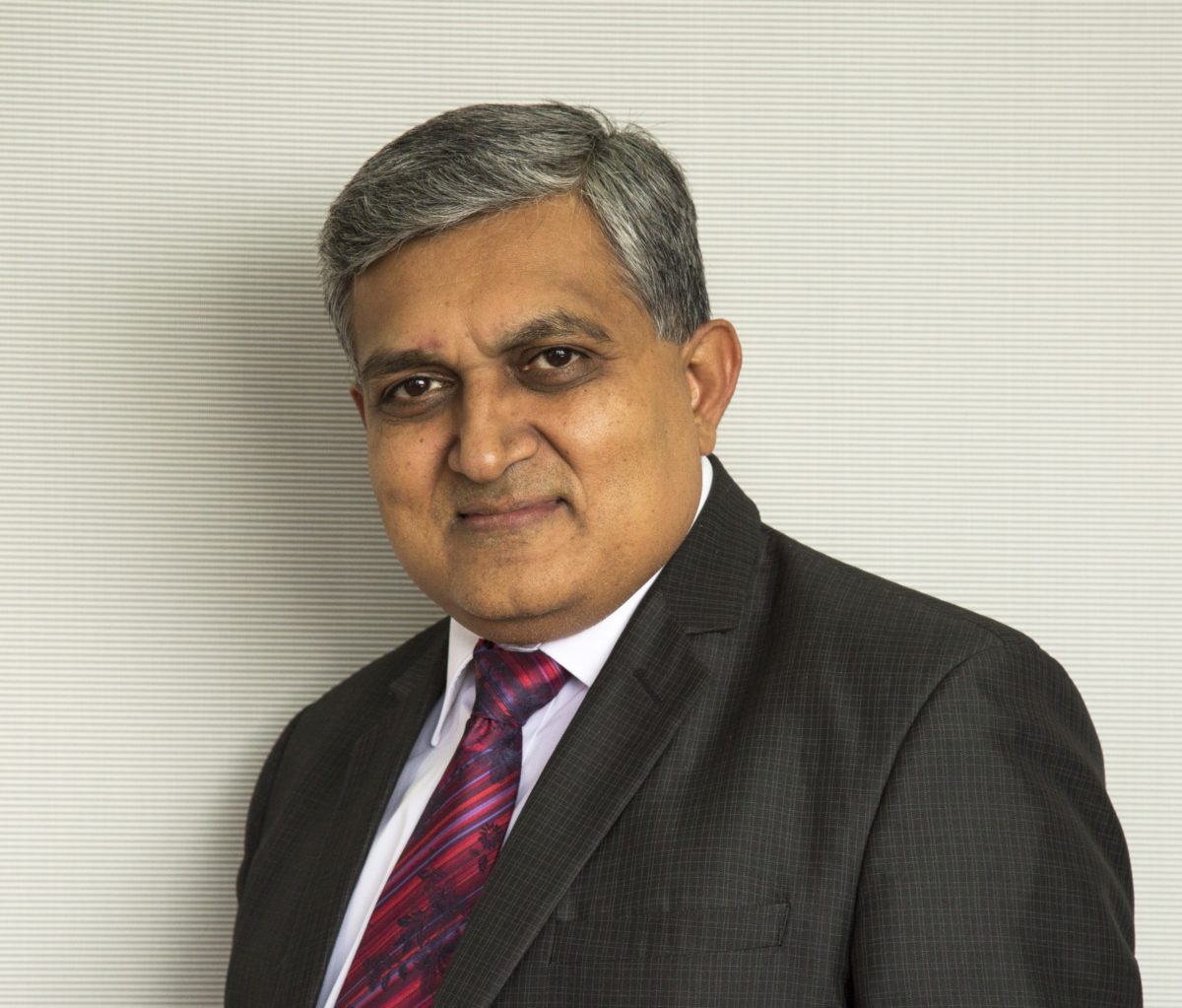
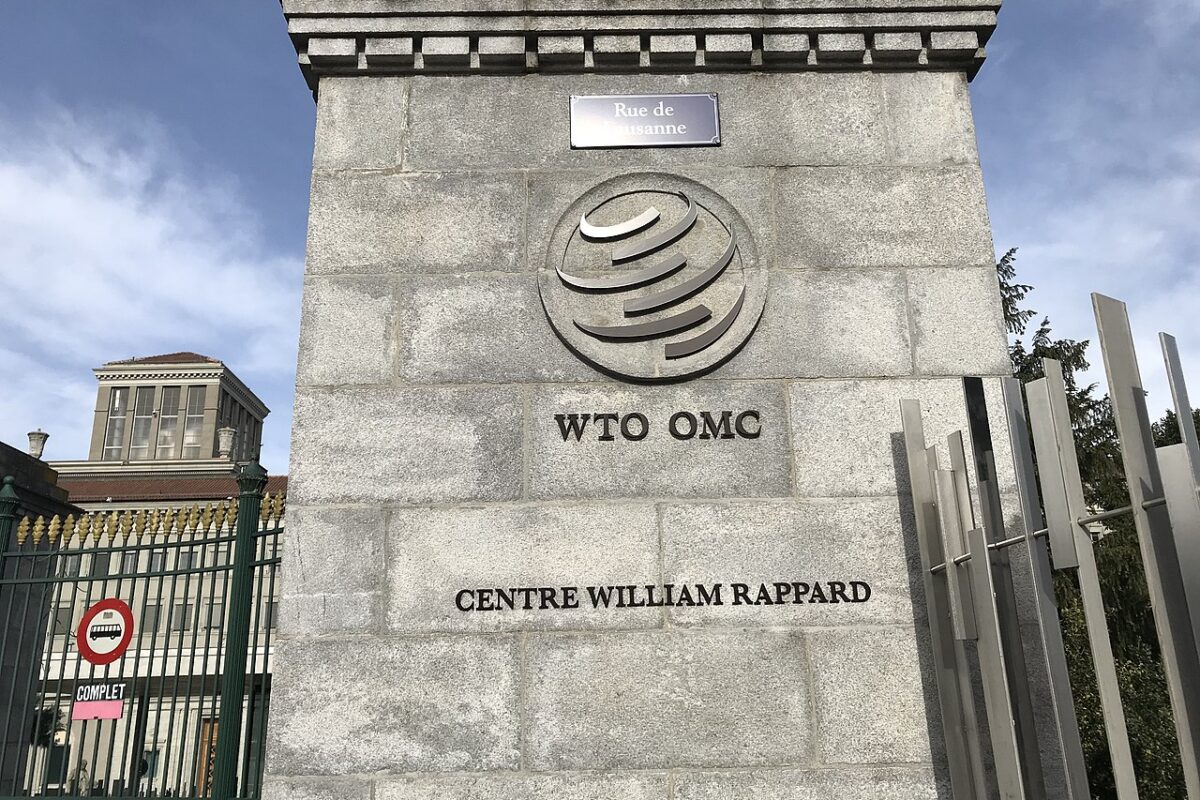



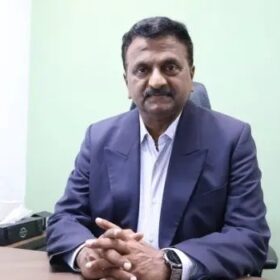
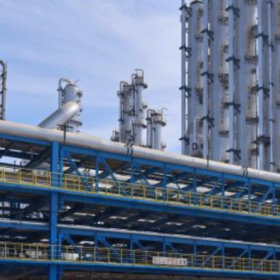
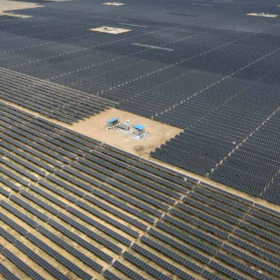

Dear sir , Some where our solar association has to be keep an arrow on MSEB .and other Discoms. As well as FM ma’am, increased the GSTIN 5%to 12%. No one fight for it. Subsidy is a give and collect back policy by Mahavitaran. Your all small scale business is depends upon enterprises like a me. Try to help us .